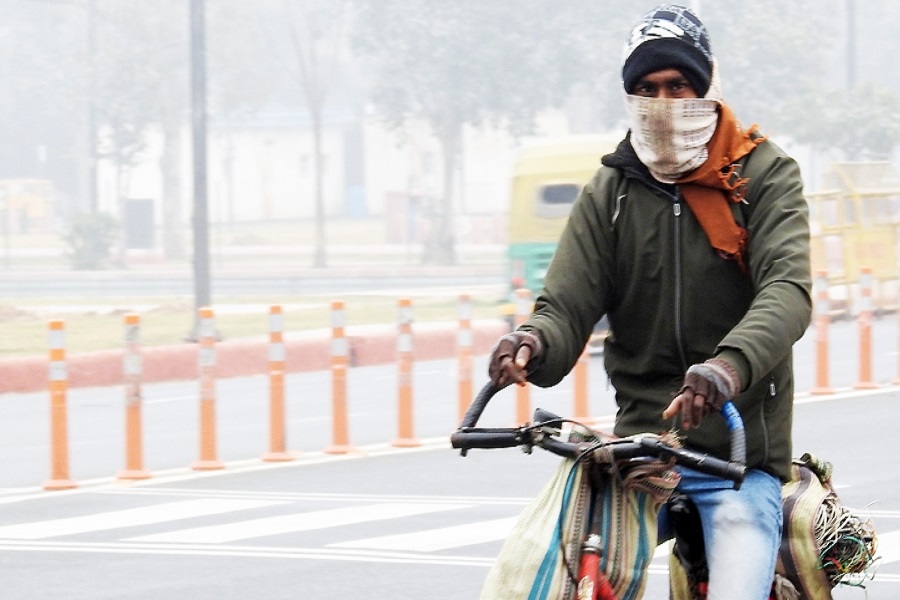
Follow us Now on Telegram ! Get daily 10 - 12 Interesting Updates. Join our Telegram Channel https://t.me/OhWomen
Download Telegram App before Joining the Channel
Virtual reality models can be crucial in reducing the exposure of pedestrians and cyclists to harmful, non-exhaust vehicle emissions -- linked to diseases, including respiratory and cardiometabolic, according to a study on Wednesday.
The research led by the University of Birmingham in the UK targets the issue of major health risks and chronic diseases caused by exposure to unregulated particle pollutants from roads, tyre, and brake sources.
They argued that immersive VR experiences can provide easy, accessible guidance to the public, policymakers, and city planners.
In the paper, published in the Royal Society Open Science journal, the team used detailed computational fluid dynamics models to simulate the release and dispersion of these particles from vehicles, which usually remain invisible to the naked eye.
The VR models were tested with members of the public in Birmingham city centre -- the second largest contributor to PM2.5 emissions from brake and tyre wear.
“Air quality plays a key role in the health and wellbeing of society. Despite the electric vehicle transition, harmful emissions persist through the release of small particles from brakes, tyres, and roads, into the air we breathe,” said Principal Investigator Dr. Jason Stafford from the University of Birmingham.
The models made the non-exhaust pollutants visible within a virtual urban environment, helping people to actually see the dangers with their own eyes and act accordingly to reduce or avoid exposure wherever possible.
Stafford said, “computational models can help us to understand the pollution pathways and identify those key moments in people’s daily journeys where exposure risk is highest”.
The researchers said the findings also outline how the implementation of VR could lead to a rethink in town and city planning to encourage cleaner air.
Source - IANS